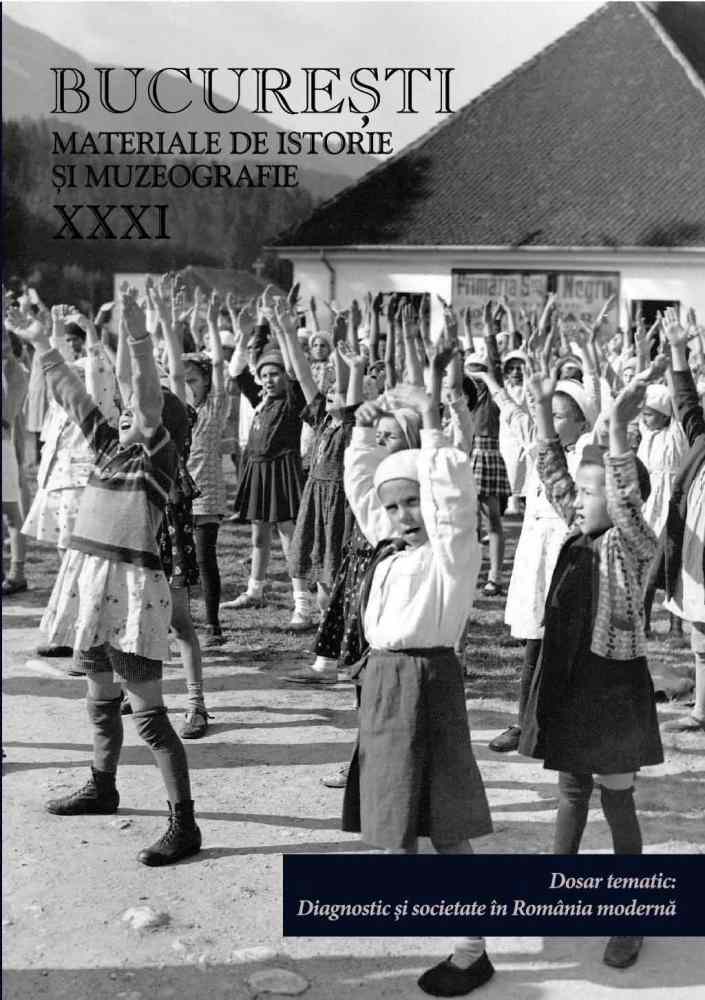
Incursiune în moda 1900. Piese excepţionale din patrimoniul Muzeului Municipiului Bucureşti
| Autori |
|
| Secţiunea |
|
| Limba de redactare | română |
| Excerpt | 1900 art shattered academic canons, creating the perfect conditions for stylistic variations and urged originality, freedom of expression and the affirmation of personal, individual visions. New artistic tendencies were illustrated with the help of newlyformed art schools that were specialised on particular styles: Art Nouveau in France, Modern Style in Great Britain, Sezession in Austria, the Coup-de-Fouet in Belgium or Jugendstil in Germany. The transition from one century to another exerts a remarkable attraction, especially when it concerns the Belle Époque, which took place between the end of the 19th century and WWI, when Europe experiences a period of relative peace and wellbeing. Now, artists, architects and decorators follow their own routes using often opposing methods and means of expression, but with the common ideal of opening new pathways. Clothing at the threshold to the 20th century carries with it the ingredients of a past, bringing preconceptions, a social and economic status, obligations and tastes along. In fashion, the 1900 style explicitly signals gender, age and social belonging. City clothing is receptive to new European fashions, especially for British and French styles. While male garb is marked by the rigidity of dark clothing, with stiff collars and tophats, female clothing was freer, more receptive to trends, becoming a way of manifestation for the new wave, the serpentine style that dominated the whole framework through 1900 art, fading away along with the passing century. The 1900 silhouettes, with their cinched waists, resembled supple, mysterious vines, chastely concealed under shifting folds. The Nouille style curves could be found in the folds of crimped silk and swan feathers – those feathered boas that would be wrapped around the necks of the time’s beauties. The dresses with fitted corsets, raised collars and tulip-shaped skirts or the swallow tail dresses expressed the coloristic conception of 1900 art which was dominated by flat tints, cool tones, luminous with opalescent, radiant and electric effects. The quality of the fabric and their manufacture demanded a high labour investment. While feminine elegance was displayed with the help of lace and silks, collars and sleeves made out of marabou fluff feathers, fans and long gloves, jewellery and sinuouslyshaped buckles, with vegetal motifs, architectural and decoration styles undergo profound changes. The most refined displays of fashion at the time were often portrayed by figures such as Elena Otetelişeanu, Simca Lahovari, Maria Şuţu, Elena Bibescu and the Ghica, Mareş and Candiano families. |
| Paginaţia | |< << 243-264 >> >| |
| Descarcă fişierul | |
| Titlul volumului de apariție | |
| Editura | Publicat de: Muzeul Municipiului Bucureşti |
| Loc publicare | Bucureşti |




